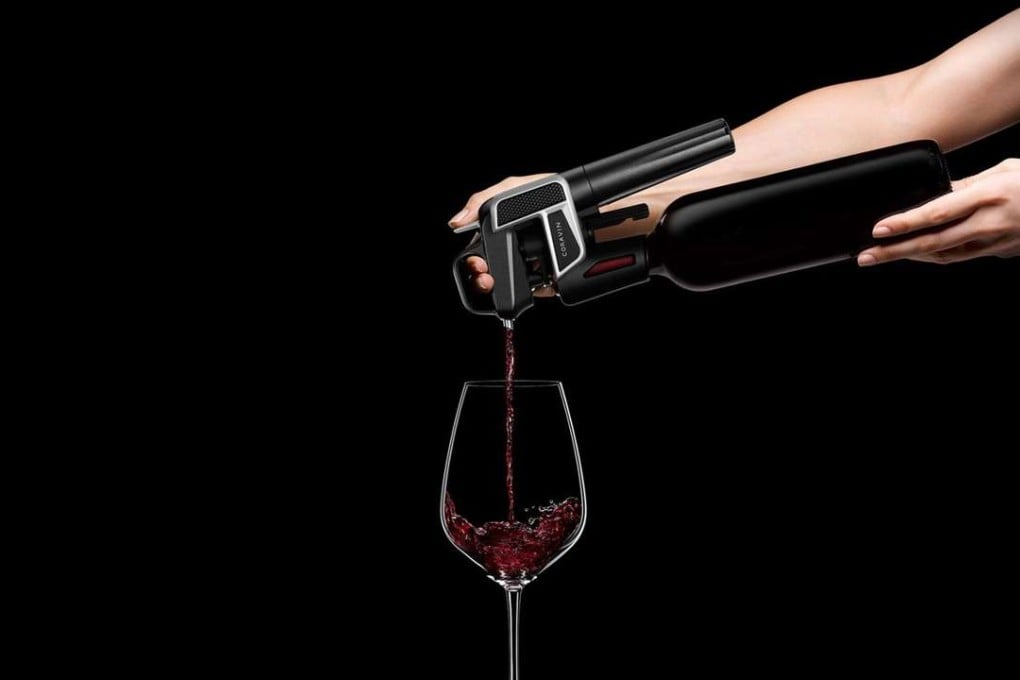Coravin: handy device that lets you try wine without uncorking the bottle
Wine aficionados with no one to split a bottle with, collectors, and spouses of teetotallers are embracing a clever tool that helps keep wine from spoiling longer. It takes some practice, though

One question that never seems to get old when you reveal to people that your version of studying involves tasting lots of different types of wine is, “You must drink loads of good wine, then?” Regrettably, this truly isn’t the case (at least, not while I’m studying). Loath as I am to play the consummate wine snob, even my well-exercised liver lacks the capacity to process whole bottles of the myriad (many, sadly, rather average) wines that I’m required to know intimately in order to pass the Master of Wine tasting exams.
Thus, were I an MW student even a mere three years ago, my household would likely have been responsible for a shameful portion of Hong Kong’s wine effluent (there are, after all, only so many friends who will accept “gifts” of half-empty bottles of white zinfandel). Fortunately, thanks to what is arguably one of the most innovative wine tools to hit the market in decades, I am now a far less egregious polluter of Hong Kong’s delicate water systems.
Enter the Coravin: God’s gift to singletons, wine collectors and spouses of teetotallers everywhere. Never again need a bottle of pinot grigio be glugged in one night for fear of next-day spoilage, never again need a bottle of 10-year-old Bordeaux be drunk too early (or too late).

As a necessary disclaimer, I should note that the head of Asia Pacific for Coravin is a pal of mine, but my abiding love for this lifesaving device well pre-dates his role at the company and fortunately for my frail, human sense of journalistic ethics I have more Coravin capsules, needles and even whole devices than I am ever likely to need.